Grass isn’t just “grass.” In fact, grass is one of the most interesting landscaping topics out there. There are dozens of variety of common grass, all with very unique attributes. Each grass has its own levels of heat and drought tolerance, resiliency, and coverage. The colour of grass can vary dramatically, as can the thickness and length of its blades.
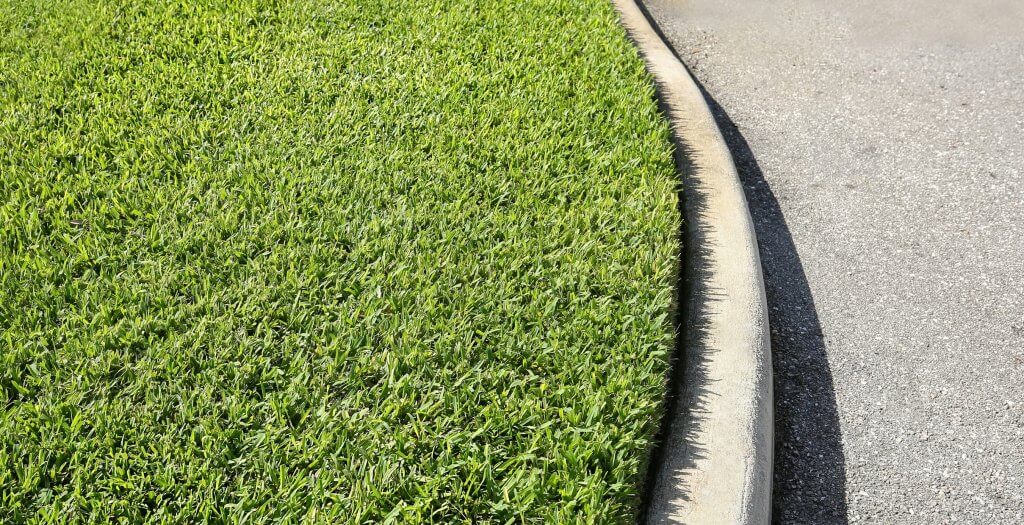
Every region has different types of grass, depending on what performs better. Whether your yard is shaded, full sun, or half sun, will matter when you go to lay your grass — as well as how often you want to be forced to maintain it!
Choosing and Caring for Your Grass in Australia
In Australia, there are six major species of grass that are commonly used. You may also find that many grasses are sold as “blends” rather than 100% of any specific type. Blends are more resilient. When one species falters, the other species will pick up. The most successful grass will survive the best and will be able to proliferate across your yard.
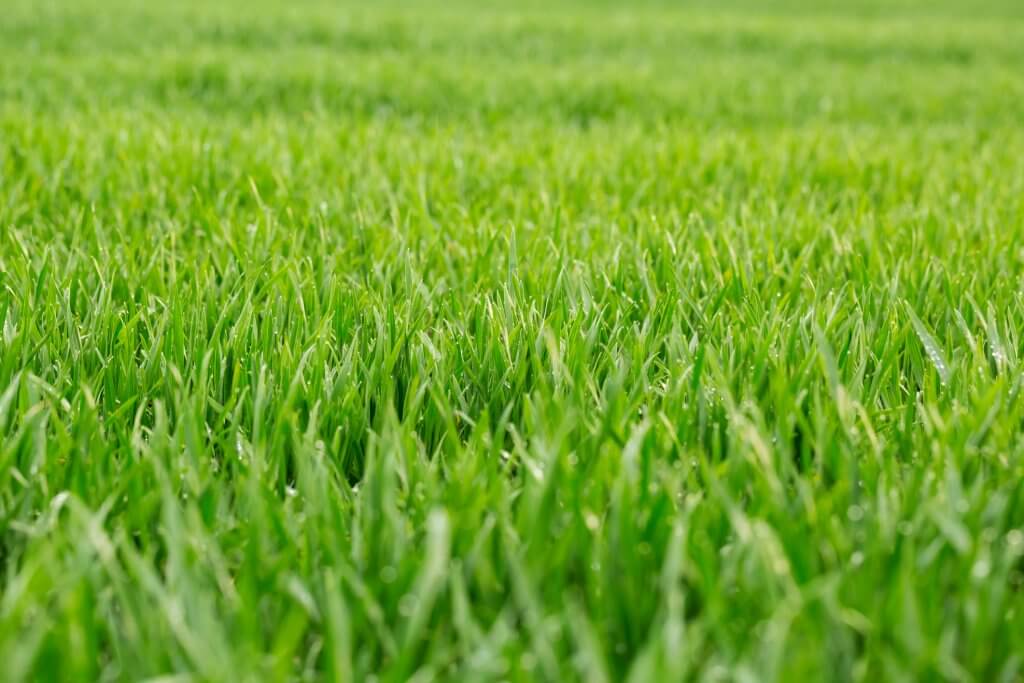

Regardless, there are certain types of grass that lend themselves better to Australia.
The Best Grass Varieties for Australia
Buffalo Grass
- This is an attractive, high traffic grass that is used throughout Australia. Fluffy and dense, Buffalo grass is known for withstanding periods of high traffic. It’s used quite frequently in parks and playgrounds.


Couch Grass
- This is an affordable and durable grass that only has one problem: It grows very quickly. It can grow into areas you’d rather not have grass grow, such as onto pathways and walkways and patios. You will need to fertilize Couch grass at intervals to avoid patches.
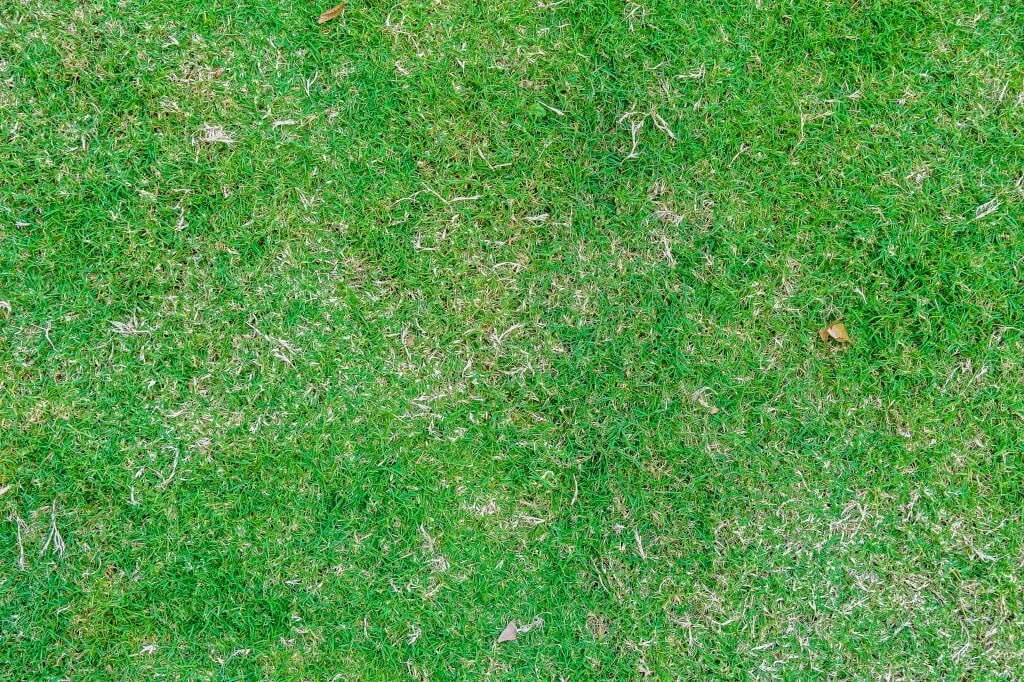

Kikuyu Grass
- This grass is an excellent option in warmer climates but doesn’t fair very well if you’re in a colder region. If it’s hot out, though, this grass is going to be very low maintenance. It does need to be cut fairly regularly because it does grow fast.
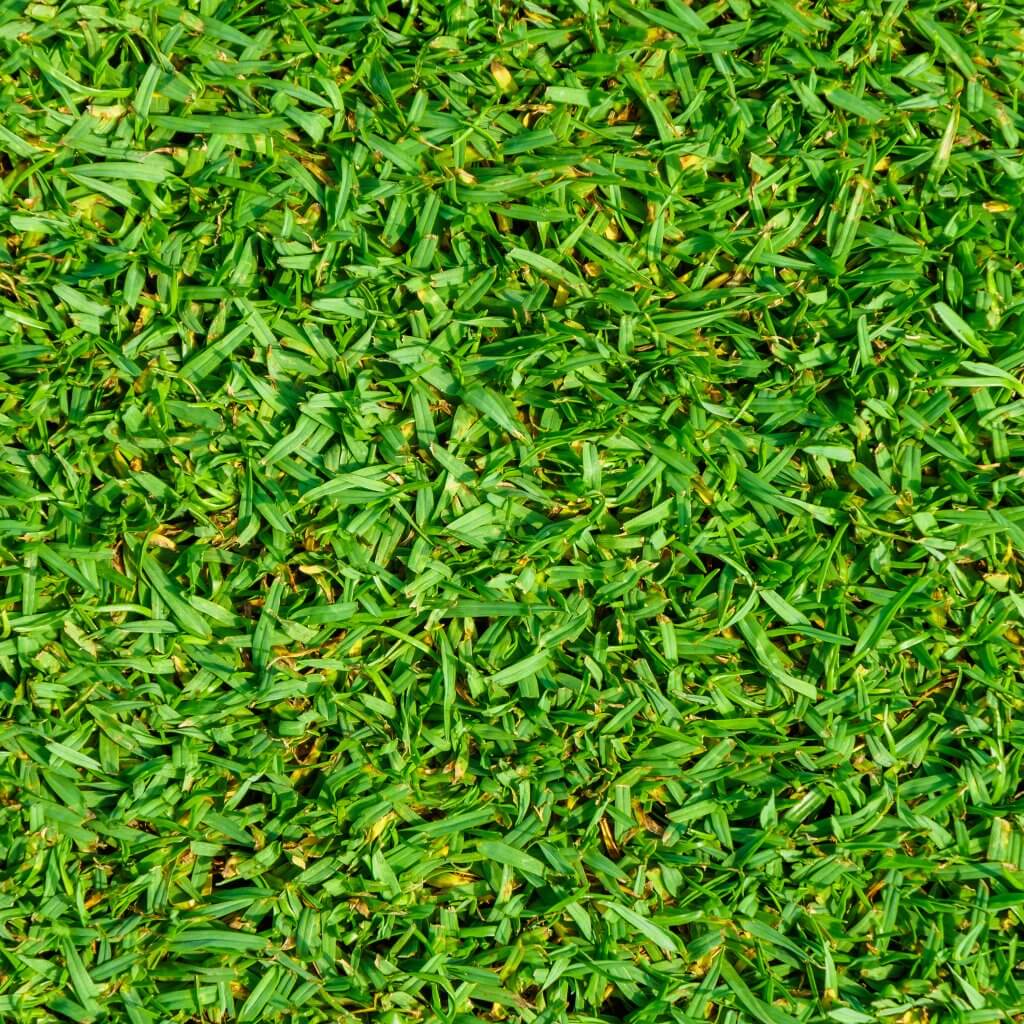

Tall Fescue Grass
- This grass is known as an instant lawn throughout the world. Fescue grass will grow practically anywhere, but it may not be as attractive and thick as other options. If you want grass growing right now, and you don’t want to do a lot of maintenance, you want tall fescue.
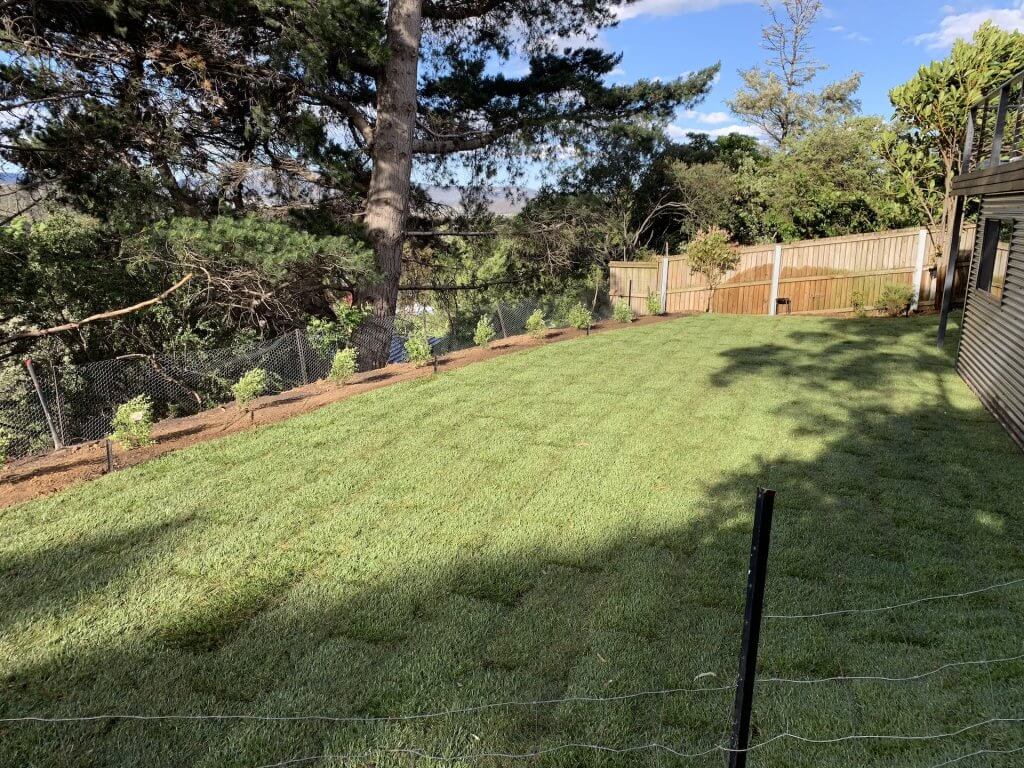

Blue Couch Grass
- This lovely deep green/blue grass is extremely attractive and distinctive, which is why many people plant it. It’s still low maintenance, but it does tend to die off if weed killers are used. Consequently, you want to plant it right and avoid a lot of weeds.
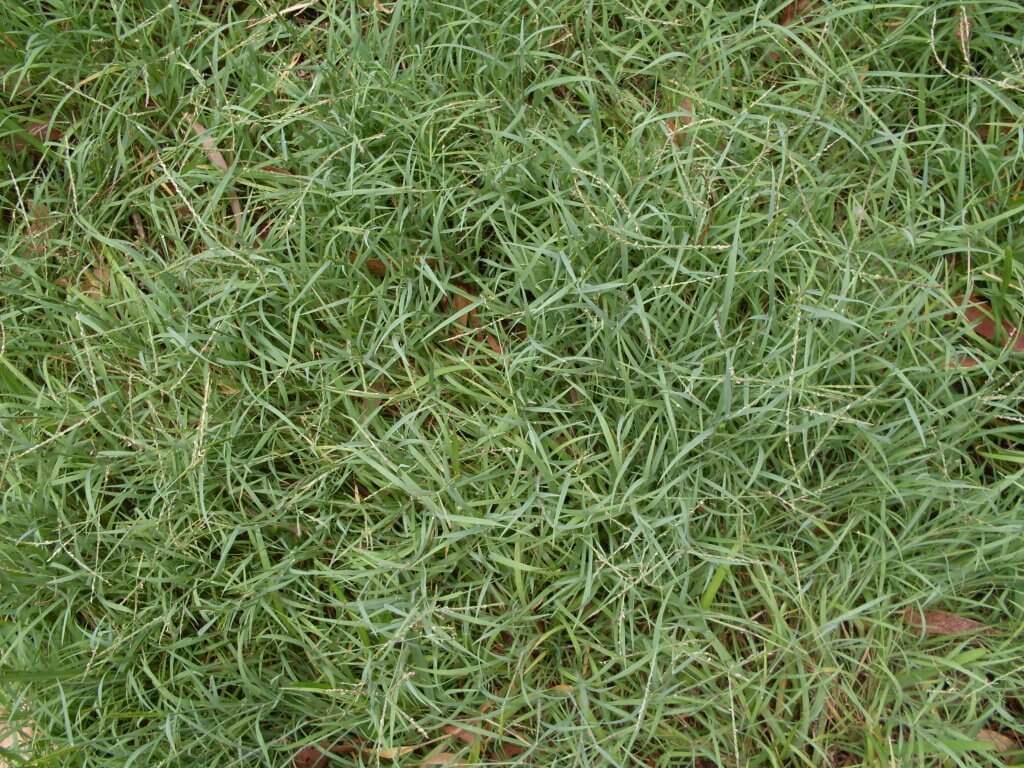

Zoysia Grass
- Low maintenance and perfect for warm climates, Zoysia is another grass that’s seen frequently throughout Australia. It needs to be mowed frequently but otherwise requires very little.
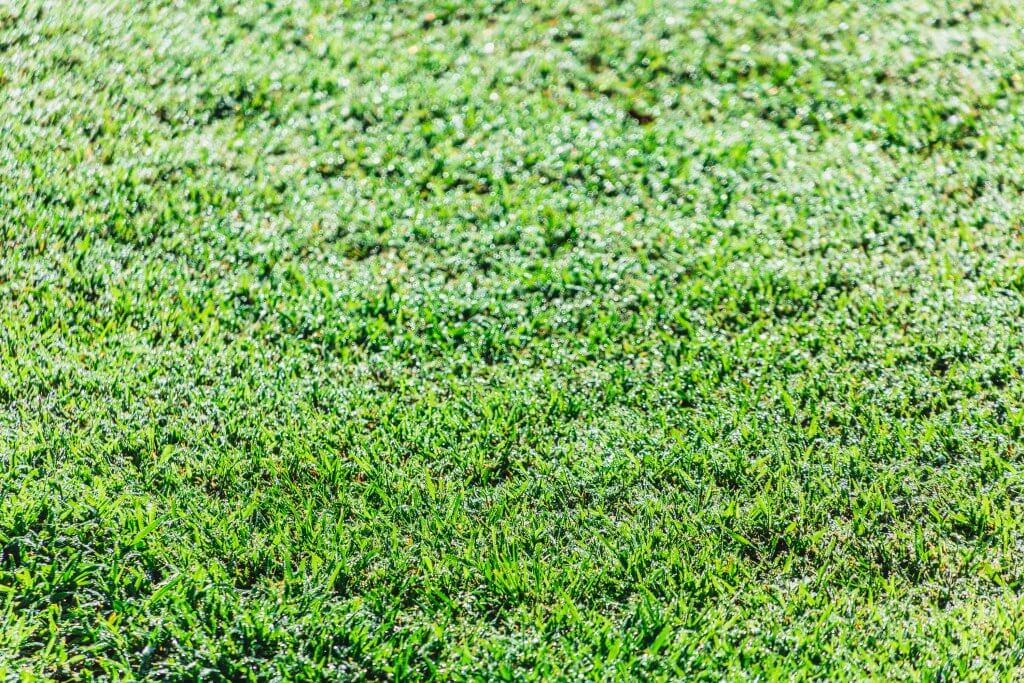

You can probably see a trend. The best grass is a grass that’s going to grow quickly, cover large areas, and not require a lot of maintenance. That’s also why you’ll often see blends of the above, such as an 80 percent fescue or 20 percent zoysia blend.
Preparing Your Yard for New Grass
Are you planting new grass? If you’re starting from scratch, you first need to prepare. There are a few ways to plant new grass: You can pull up the old lawn entirely, or you can treat existing patches in your lawn with seed.
First, you can pull up the old grass. If there’s old grass still on the ground, you can often pull it up almost like it’s a sheet. The soil will need to be moist to do this. But if the grass already there is failing, or if there are more weeds than grass, you may be better served by renting a turf cutter and mechanical tiller. First, remove the old turf with the turf cutter and the use a tiller to till the soil to a depth of about 100-150mm. New soil many need to be imported, compacted and leveled. Once the site has been prepared you can then plant the grass as seeds directly on the soil. Frequent watering will be needed and netting to stop birds from eating the seed.
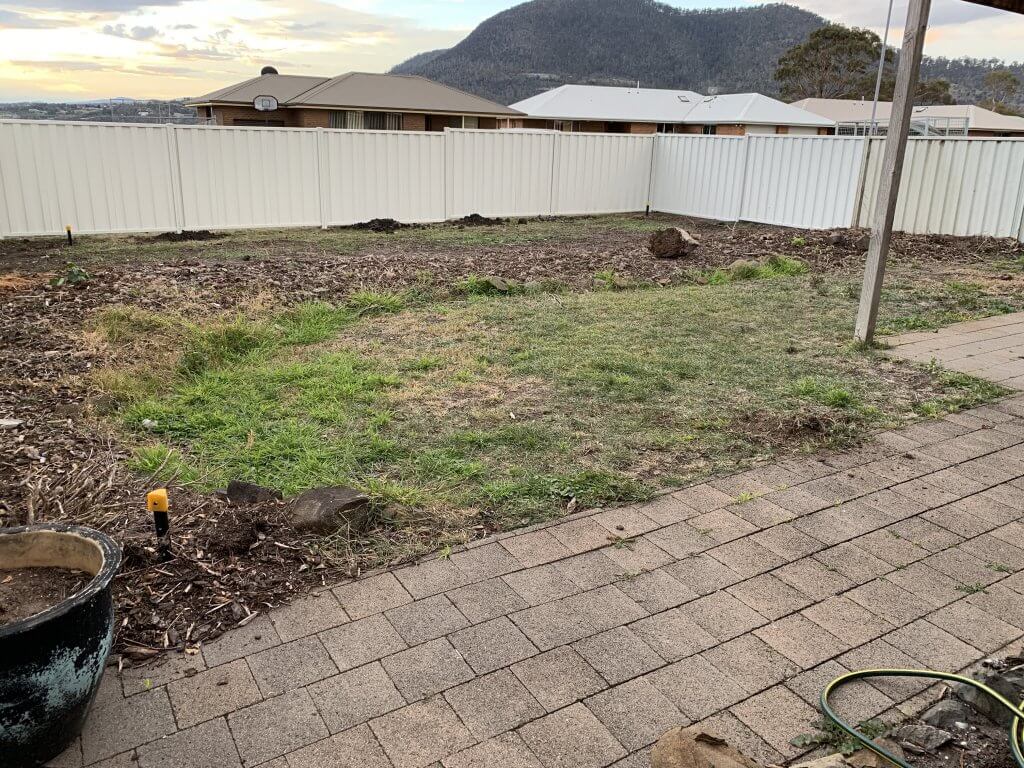

On the other hand, you can also install already grown grass onto the prepared soil. You should prepare the soil as mentioned above before installing the instant lawn. These are rolls of instant lawn or (sod) as know in the United States. They roll out almost like carpet. This is a much faster way of planting grass, but you should be aware that the instant lawn doesn’t always transplant well if an irrigation system is not installed or the soil was not prepared properly.
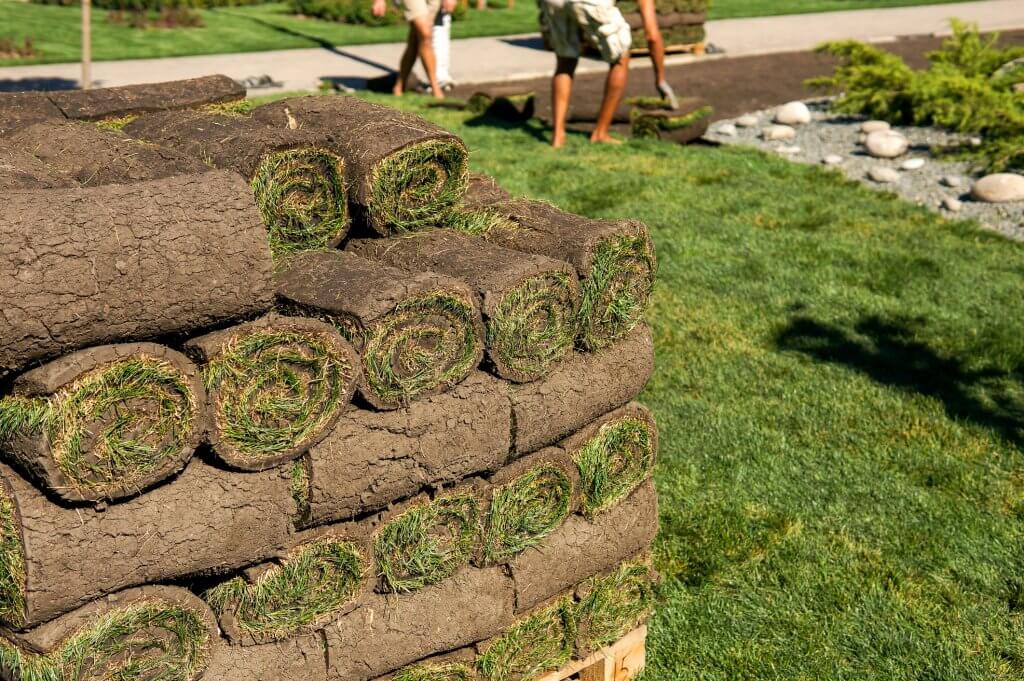

If you just have patches in your grass, you can instead try to fill them by putting grass seed in the patches. Be aware that if you don’t match the species of grass, you could end up with a mismatched yard!
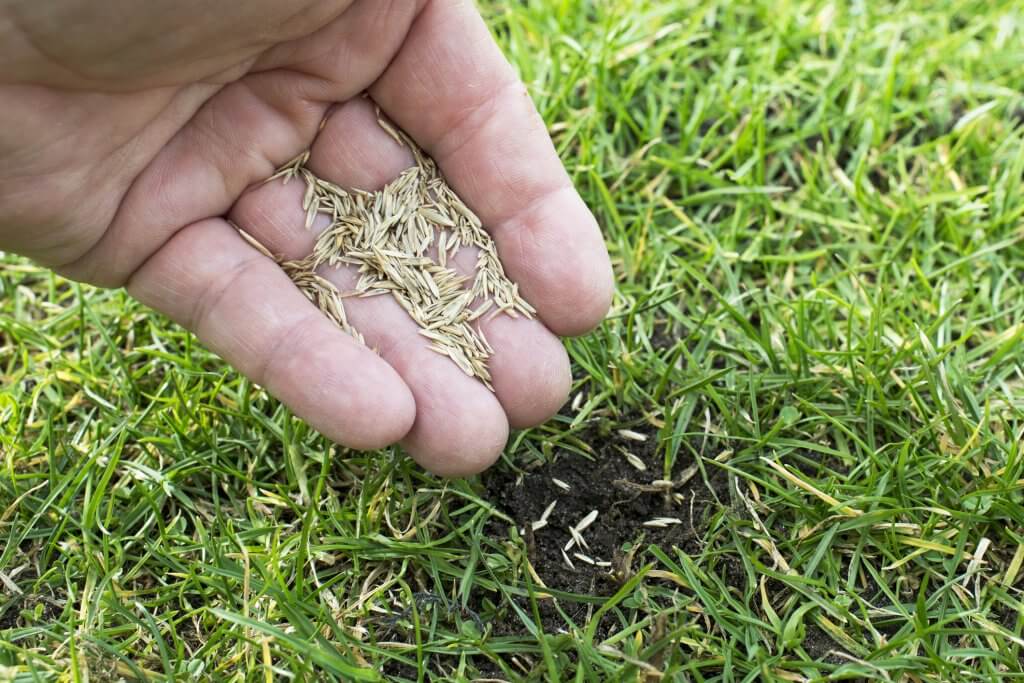

If you’re planting seeds, you should water frequently until the seeds sprout, and take care not to walk across your yard too frequently before they have started to grow. If you’re laying instant lawn, you should be delicate with it until the grass takes root. Until the grass starts growing downwards, it’s essentially a rug!
Taking Care of Your Grass
Most grass needs to be mowed “as needed,” because grass grows at different rates depending on the species and the season. But there are a few tips for ensuring that your grass grows well.
Fertilising
First, fertilise the grass 4 weeks after installing instant turf and then approximatly every 2 months thereafter. Before spring, you may want to spread crab grass and weed preventer (weed and feed). We don’t suggest using weed and feed for Buffalo Grass unless specified on the label. Ideally, you spread this when broadleaf grass and weeds have just started growing.
Dethatching
Dethatching is when you bring the dead grass up from the bottom of the grass pile to the surface. A special machine called a “power rake” is used to complete this service and can be rented from your local hire shop. You should dethatch your lawn at least once a year and this usually takes place in spring. Once you have dethatched your lawn remove all of the dead grass from the lawn.


Watering
Water your grass as needed. Grass can be extremely thirsty, especially if the soil had not been prepared properly. When the soil is prepared properly the roots are given a much greater chance to grow deeper than they otherwise would have. This gives the roots more access to water, especially in the summer months. This will give your grass the best chance to fight the scorching Australian sun in summer.
Aeration or Coring
Coring is when you use a special machine (which can be rented) to basically hole punch your lawn and bring the core of lawn to the surface. This allows the delivery of oxygen to the root zone. When coring, it is common practice to fertilise and apply topsoil. Coring should take place once a year in early spring. The grass cores should be raked up and removed from the lawn.


Frequent Mowing
When mowing your grass, it’s often best to mow high during the summer months due to the heat. Mowing the grass higher makes the grass healthier. Australia’s, unfortunately, have adopted the practice of mowing their lawns quite short. Mowing low means the grass can’t regulate itself, dries the soil out quicker and can’t absorb as many nutrients. You also don’t want to mow the grass anymore than 1/3 of the total grass height. If you cut your grass from very high to very short, it traumatizes the grass and will put it in shock!
Common Problems With Grass
Grass has to be one of the most low maintenance parts of landscaping out there, and that’s why it’s so ubiquitous. But there are still issues that you can encounter with your yard.
- Brown, dying grass. Usually brown, dying grass means that the grass is too dry and needs to be watered more frequently. You may also need to seed the area to establish more grass. However, it can also be that the grass has been fertilized too much (there is such a thing as too much fertilizer), or that the grass is actually being over watered. Check the area to make sure.
- Grass growing too fast. In rare occasions, grass may start to grow very fast very quickly! If you can’t keep up with the mowing, check your yard. Grass is often the first sign of a water leak under the house, and if the grass is growing in a specific area, that’s very likely to be what it is.
- Crabgrass, winter grass and weeds. Over time, crabgrass, winter grass and weeds can take over. You can treat this with selective herbicides in the spring months, but be aware this can damage your grass, too if applied incorectly or using the wrong selective herbicide. The goal is to eradicate the weeds and then to allow the grass to outperform or out-compete the weeds!
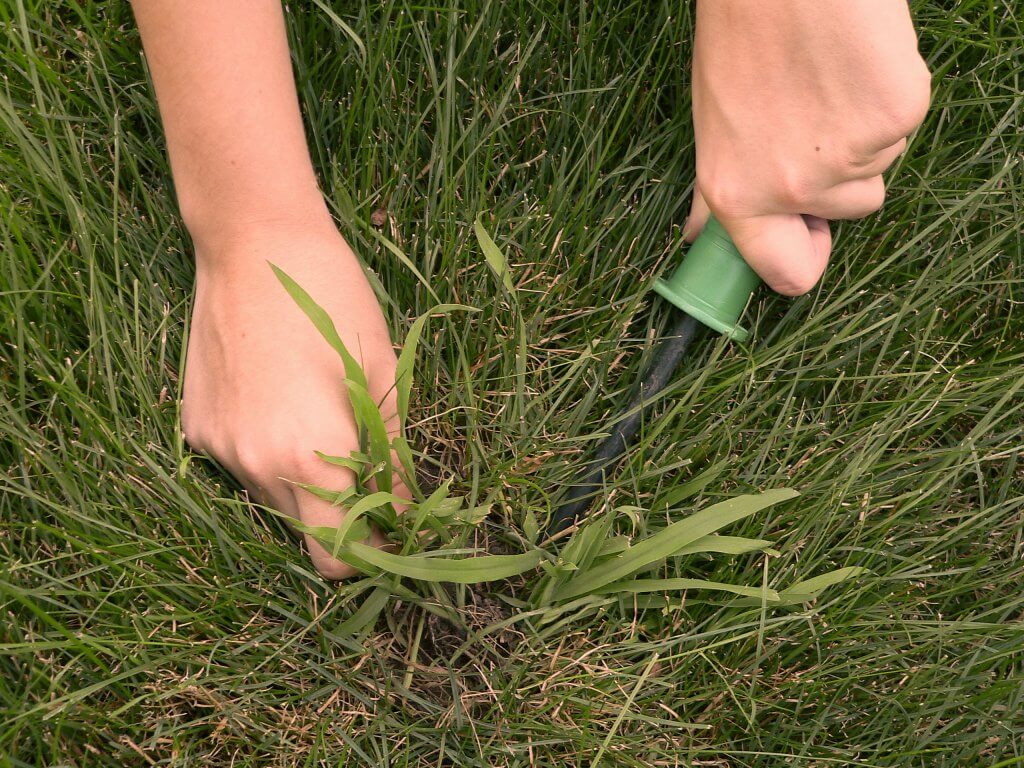

There are also things you can do to make your job a lot easier, such as getting an automatic sprinkler system to water your grass or hiring a service to mow your grass regularly like Harwood’s Garden Supplies. Remember: Frequent mowing is better because you aren’t cutting the grass as much at once.
[elementor-template id=”4604″]
[elementor-template id=”6387″]
